PCMark 8
Website: Futuremark
PCMark 8 Photo Editing V2
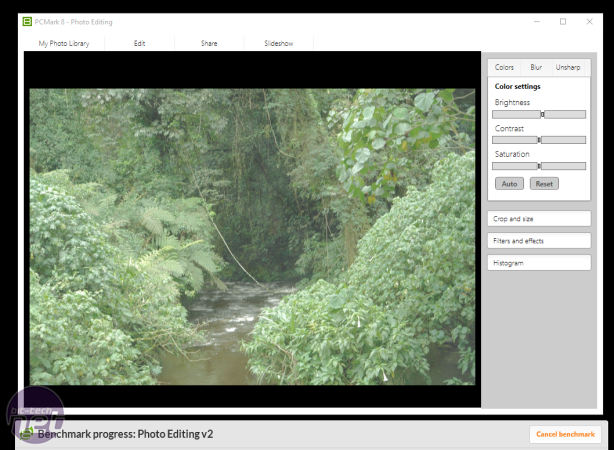 This workload involves making a series of adjustments to a set of photographs using ImageMagik – an open-source image processing library – to adjust brightness,
contrast, saturation, and gamma. When a favourable balance is found, the
changes are then applied to the rest of the images in the set. TIFF
files up to 67MB in size are used.
This workload involves making a series of adjustments to a set of photographs using ImageMagik – an open-source image processing library – to adjust brightness,
contrast, saturation, and gamma. When a favourable balance is found, the
changes are then applied to the rest of the images in the set. TIFF
files up to 67MB in size are used.
Video Editing V2 Part 2
 This workload uses FFmpeg
to apply video enhancement filters to a high bitrate H.264 video and
then encode it to a format suitable for distribution. The FFmpeg binary
used is custom-built by Futuremark using a development version of the
source available from the project's code repository. The test applies a
deshaking filter to a source video at 3,840 x 2160 (4K UHD) before
scaling down and outputting at 1,920 x 1,080 (1080p).
This workload uses FFmpeg
to apply video enhancement filters to a high bitrate H.264 video and
then encode it to a format suitable for distribution. The FFmpeg binary
used is custom-built by Futuremark using a development version of the
source available from the project's code repository. The test applies a
deshaking filter to a source video at 3,840 x 2160 (4K UHD) before
scaling down and outputting at 1,920 x 1,080 (1080p).
Terragen 4
Website:Terragen 4
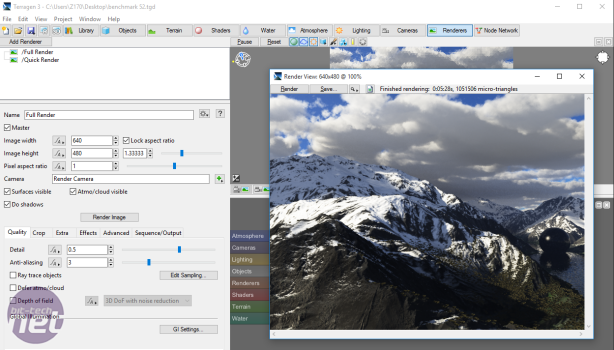 Planetside Software’s Terragen 4 is a highly realistic landscape
generator used to create background images in films and games such as
Star Trek: Nemesis, Stealth, and The Imaginarium of Dr. Parnassus. Our
script renders a single frame of a snowy mountain scene at 640 x 480 on
all the available CPU execution units.
Planetside Software’s Terragen 4 is a highly realistic landscape
generator used to create background images in films and games such as
Star Trek: Nemesis, Stealth, and The Imaginarium of Dr. Parnassus. Our
script renders a single frame of a snowy mountain scene at 640 x 480 on
all the available CPU execution units.
Cinebench R15
Website: www.maxon.net
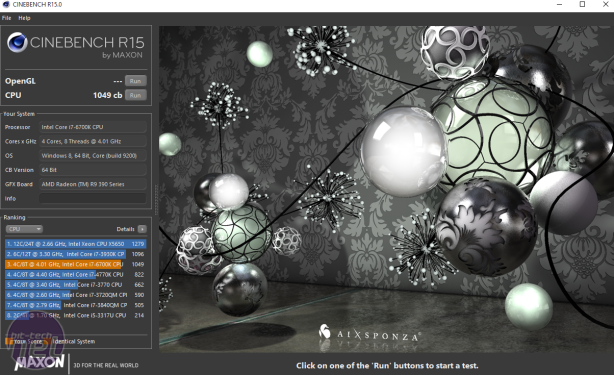 Cinebench uses Maxon's Cinema 4D engine to render a photo-realistic
scene of some shiny balls and weird things (we miss the motorbike). The
scene is highly complex, with reflections, ambient occlusion, and
procedural shaders, so it gives a CPU a tough workout.
Cinebench uses Maxon's Cinema 4D engine to render a photo-realistic
scene of some shiny balls and weird things (we miss the motorbike). The
scene is highly complex, with reflections, ambient occlusion, and
procedural shaders, so it gives a CPU a tough workout.
As Cinema 4D is a real-world application - used on films such as Spider-Man and Star Wars - Cinebench can be viewed as a real-world benchmark.

MSI MPG Velox 100R Chassis Review
October 14 2021 | 15:04

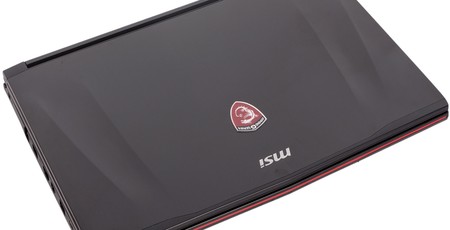
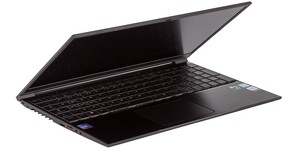
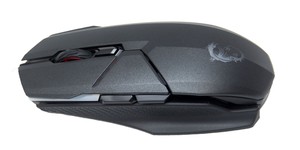





Want to comment? Please log in.